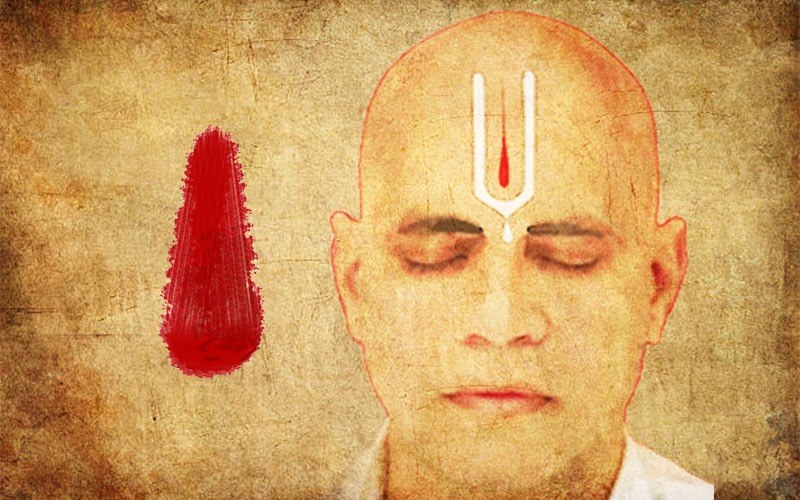 Image Source: Spiritual Blogs of Sakhashree
Image Source: Spiritual Blogs of Sakhashree
Applying a tilak on the forehead is one of Hinduism’s most recognizable and meaningful traditions. But it’s far more than a decorative mark—it’s a symbol packed with spiritual, cultural, and even scientific significance.
Why Do Hindus Apply Tilak?
-
Spiritual Activation: The tilak is placed on the spot between the eyebrows, known as the Ajna Chakra or “third eye.” This is believed to be the seat of intuition, inner wisdom, and spiritual insight. Applying tilak here is thought to activate this energy center, helping the wearer focus, meditate, and connect with deeper consciousness.
-
Devotion and Identity: The tilak is a visible sign of devotion to a particular deity—be it Vishnu, Shiva, Durga, or others. The shape and material used often indicate one’s sect or spiritual lineage, serving as a daily reminder of faith and belonging.
-
Protection and Purity: Traditionally, tilak is applied after bathing and before prayers or rituals. It’s believed to shield the wearer from negative energies, purify the mind, and bring good fortune.
-
Calming and Health Benefits: Some tilaks, like those made from sandalwood paste (chandan), have a cooling effect on the forehead, helping to calm the mind and reduce stress.
Types of Tilak and Their Meanings
-
Vaishnava Tilak: U-shaped or vertical lines, often with a red dot in the center, made from white clay or sandalwood. Worn by followers of Vishnu and his avatars like Krishna and Rama.
-
Shaiva Tilak (Tripundra): Three horizontal lines of sacred ash (vibhuti) with a red dot, symbolizing Shiva’s third eye and detachment from the material world.
-
Shakta Tilak: A red vertical line or dot (kumkum or vermilion), representing the goddess Shakti or Durga, and symbolizing energy and power.
-
Other Forms: There are dozens of variations, including tilaks made from turmeric, sandalwood, or ash, each with its own sectarian or regional significance.
Cultural and Scientific Roots
-
Cultural Unity: The tilak unites Hindus across regions and communities, acting as a shared symbol of tradition and identity.
-
Scientific Basis: Applying tilak to the forehead is said to stimulate nerves, improve concentration, and calm the brain, according to Ayurveda and modern science.
When Is Tilak Applied?
Tilak is worn during daily prayers, temple visits, festivals, ceremonies, and important life events. It’s also used to honor guests and mark auspicious occasions.
In Essence: The tilak is a powerful mark of faith, focus, and cultural pride—connecting the wearer to their inner self, their community, and the divine.
Sources: Times of India, Economic Times, eCraftIndia, NewsTrackLive, Britannica, The Daily Guardian
Advertisement
Advertisement





